We've found 1000 matches for your search. Order by
Results
-
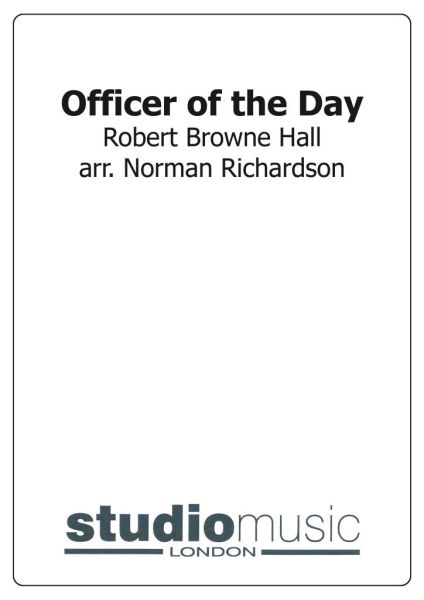 £24.95
£24.95 -
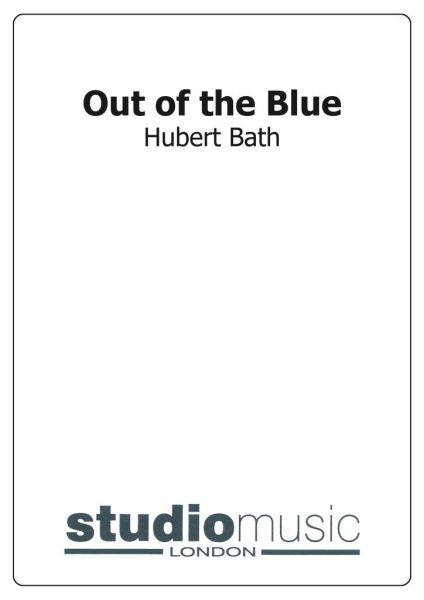 £24.95
£24.95 -
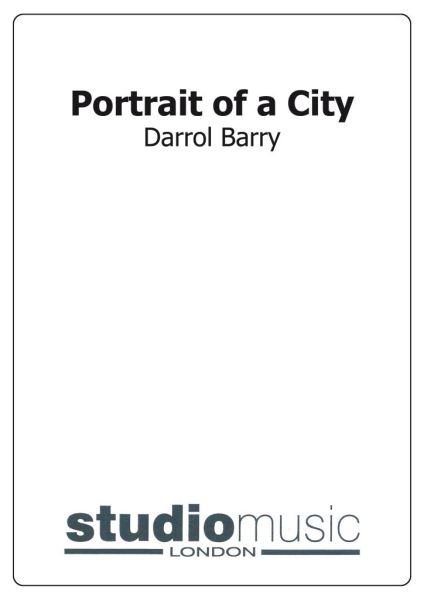 £44.95
£44.95Portrait of a City
Includes: Panorama; Suburban Nocturne; Rat Race.
Estimated dispatch 7-14 working days
-
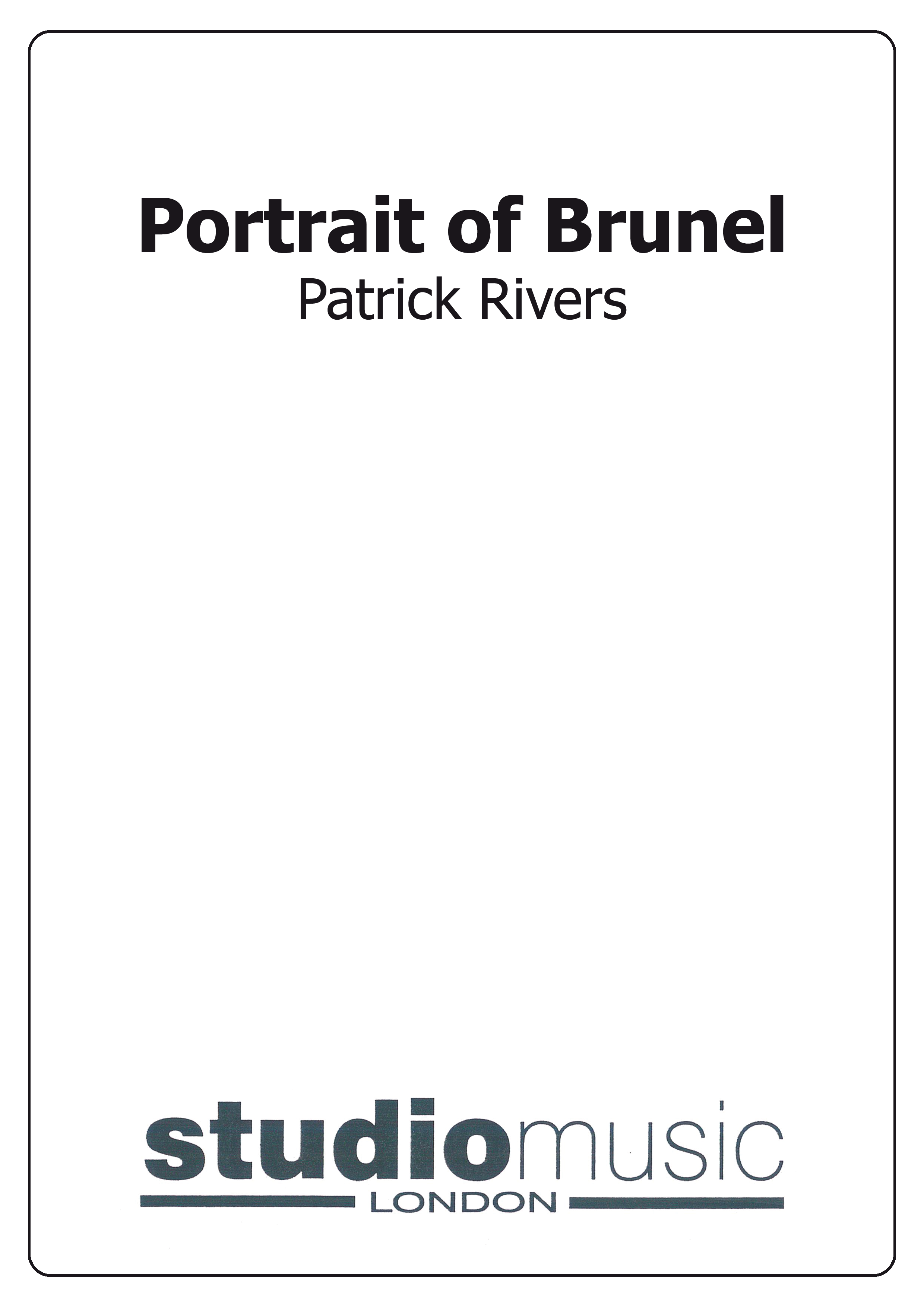 £69.95
£69.95Portrait of Brunel (Score and Parts)
Estimated dispatch 7-14 working days
-
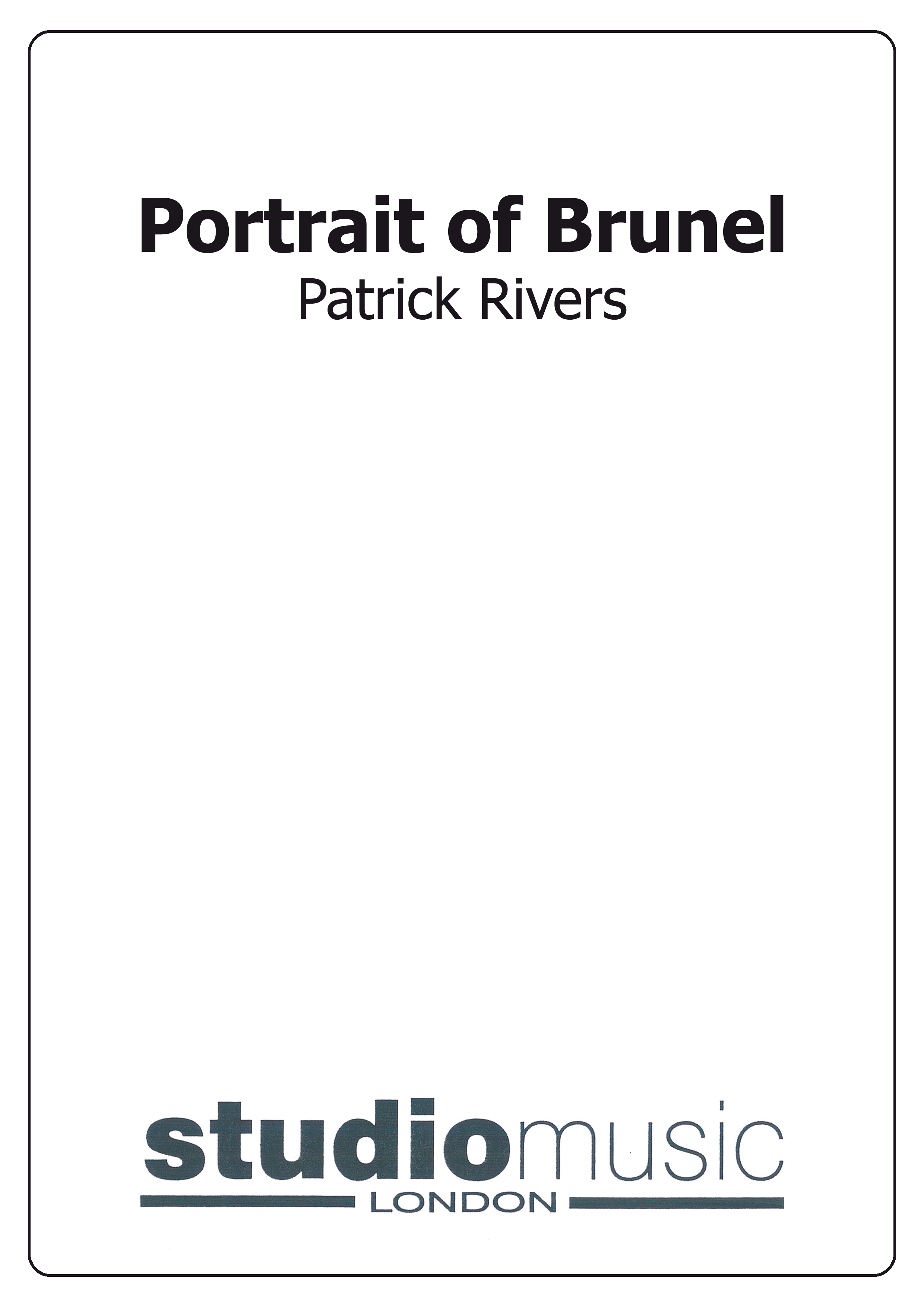 £32.95
£32.95Portrait of Brunel (Score Only)
Estimated dispatch 7-14 working days
-
£69.95
Prelude to The Dream of Gerontius (Score and Parts)
Estimated dispatch 7-14 working days
-
£32.95
Prelude to The Dream of Gerontius (Score Only)
Estimated dispatch 7-14 working days
-
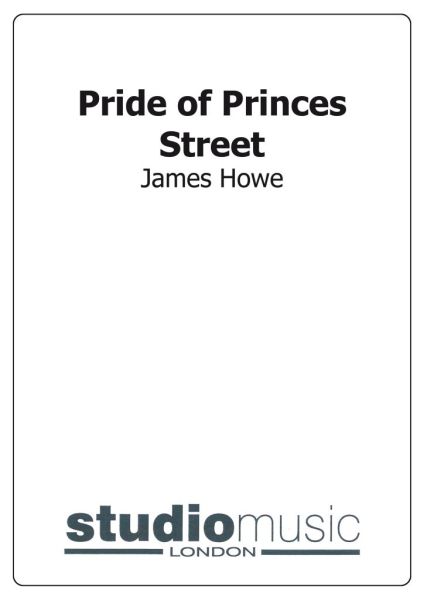 £24.95
£24.95 -
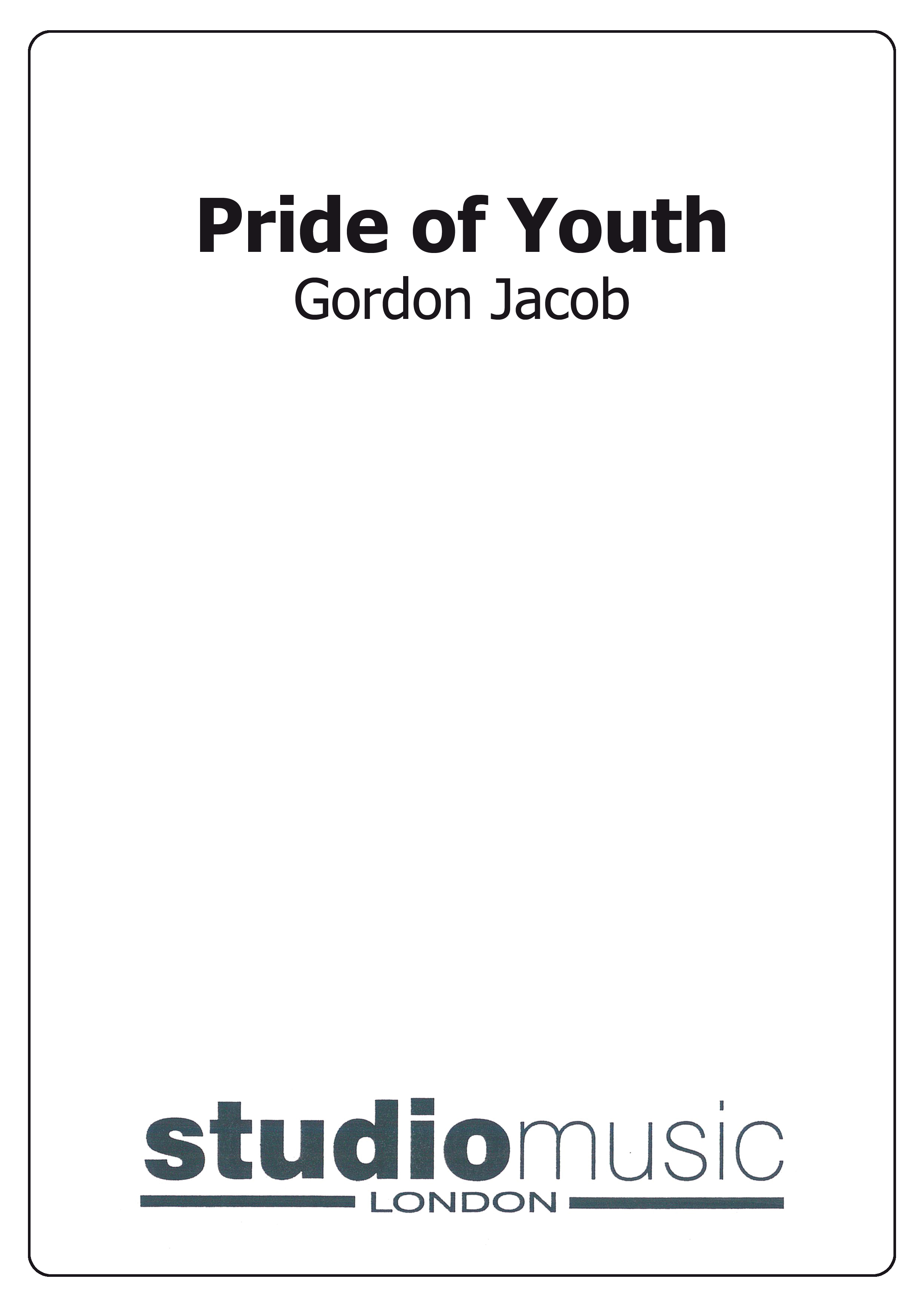 £69.95
£69.95Pride of Youth (Score and Parts)
Estimated dispatch 7-14 working days
-
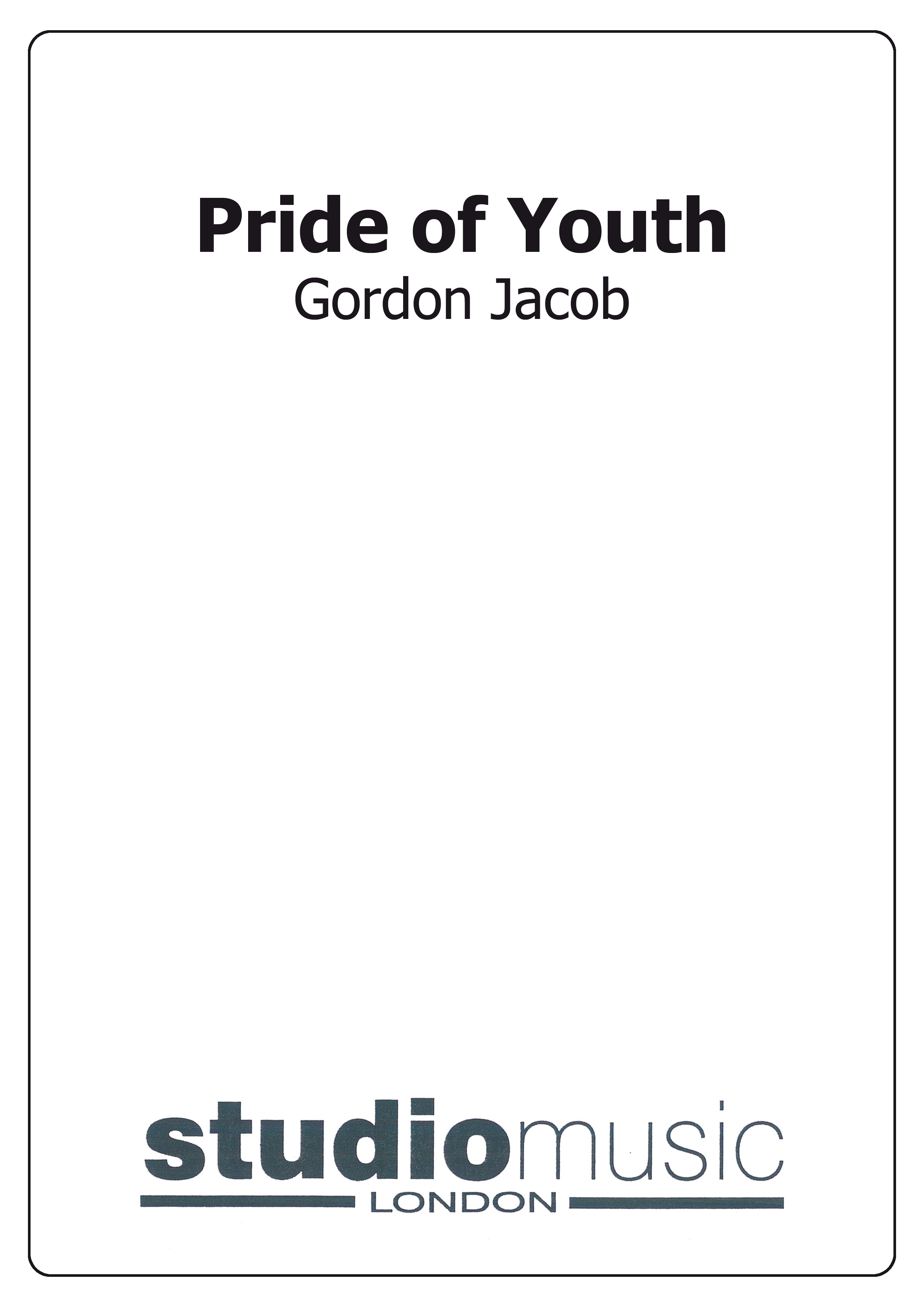 £32.95
£32.95Pride of Youth (Score Only)
Estimated dispatch 7-14 working days
